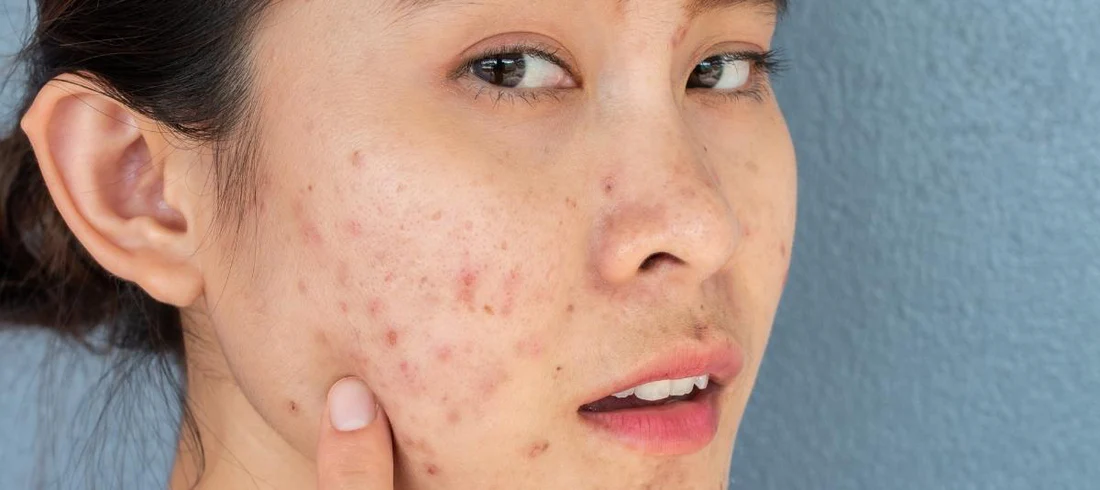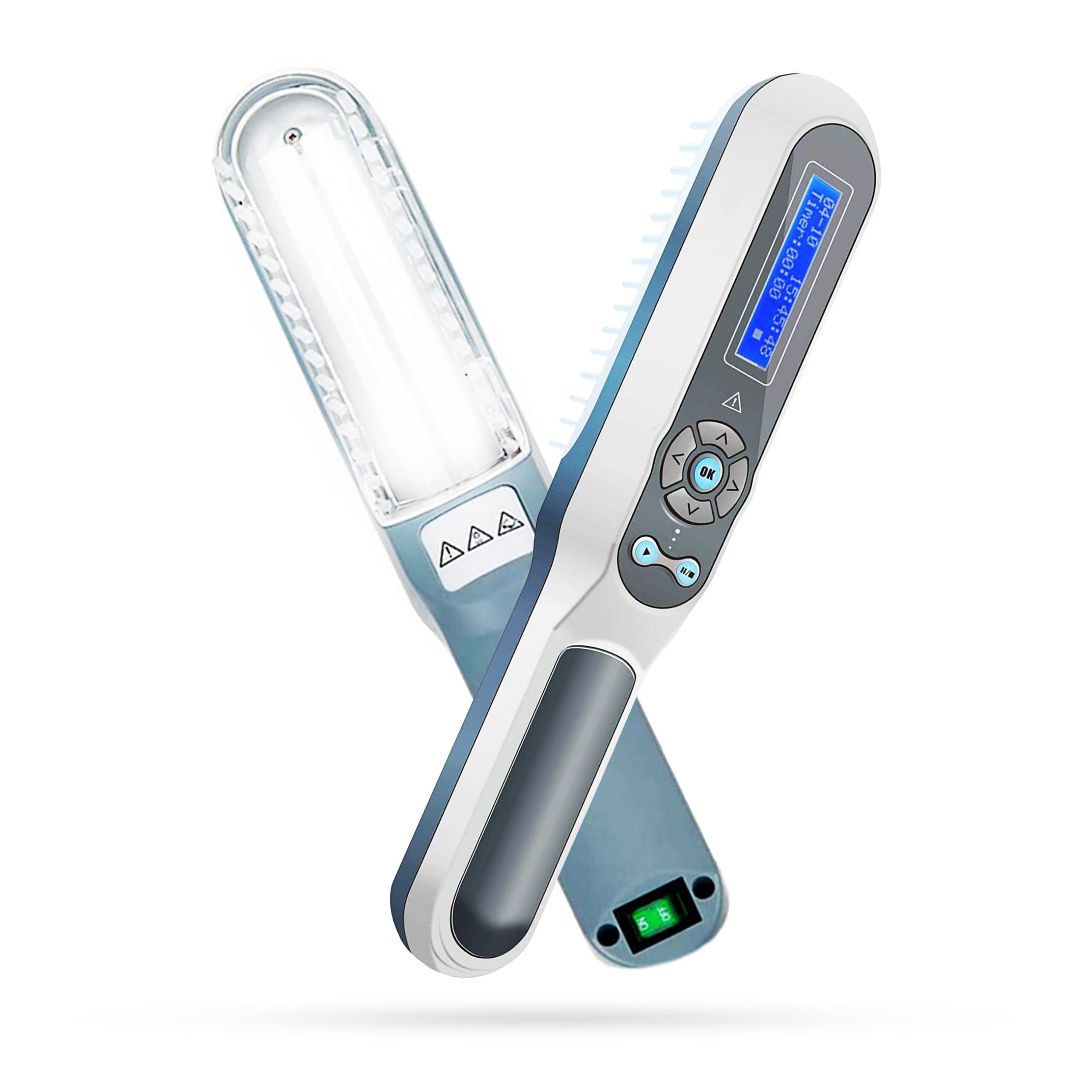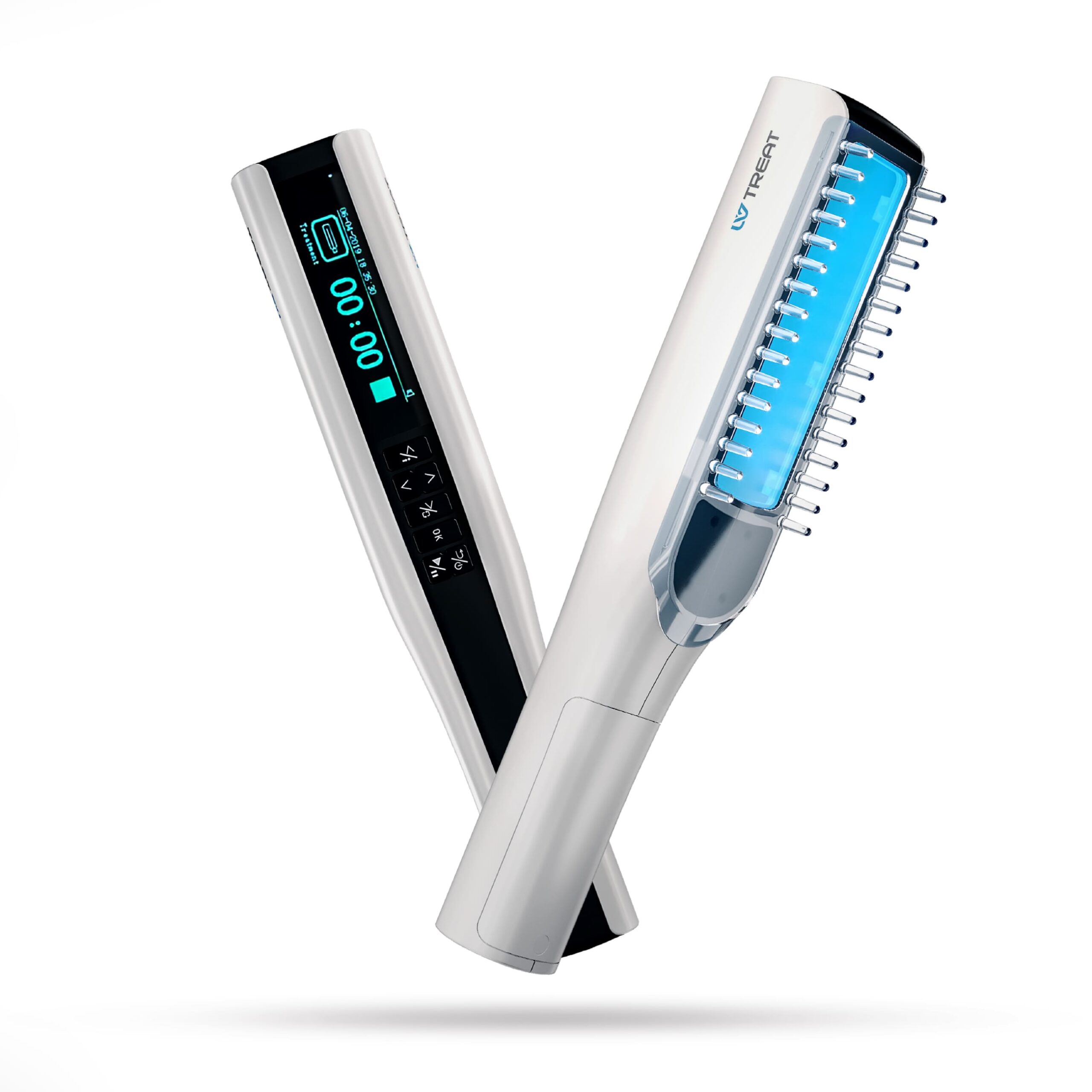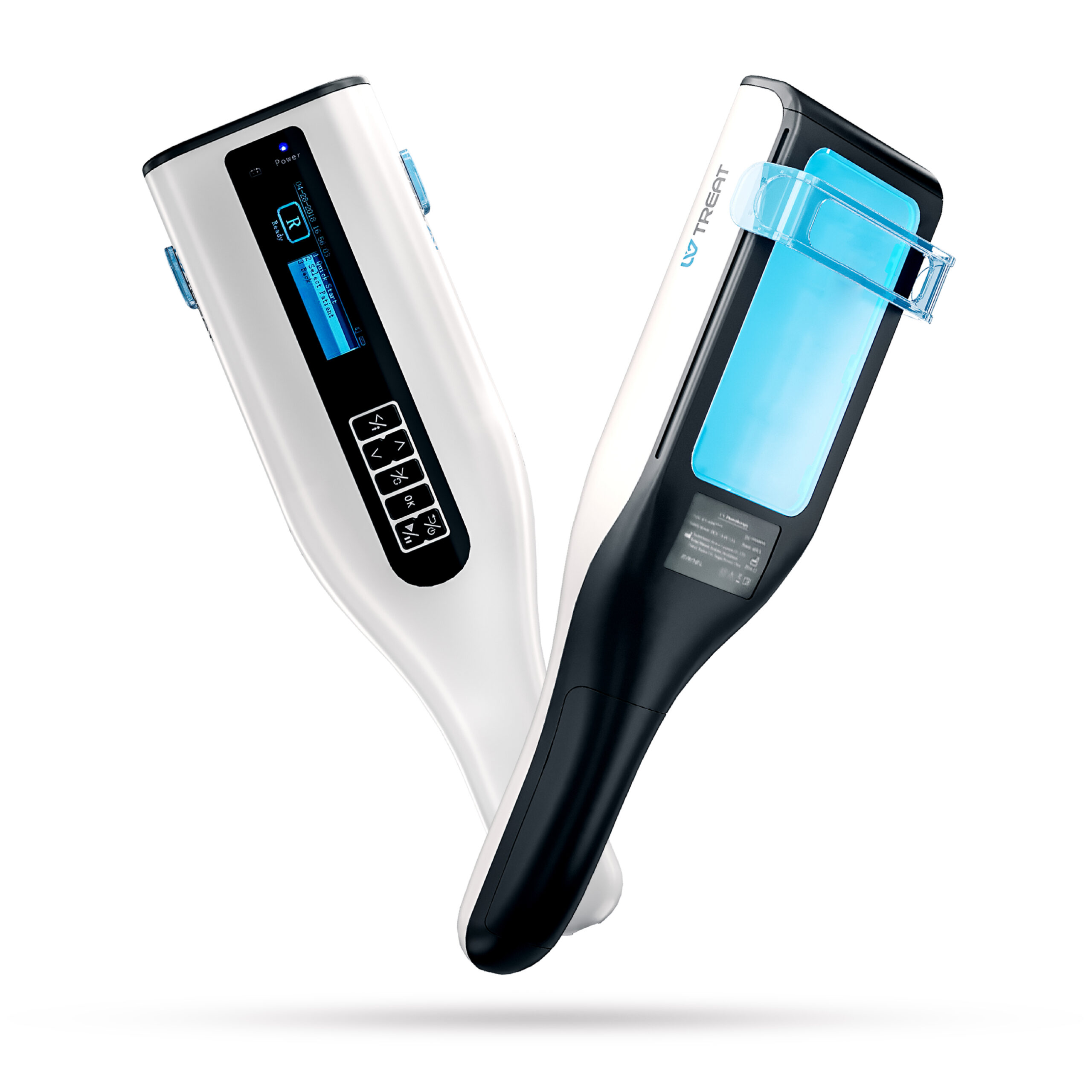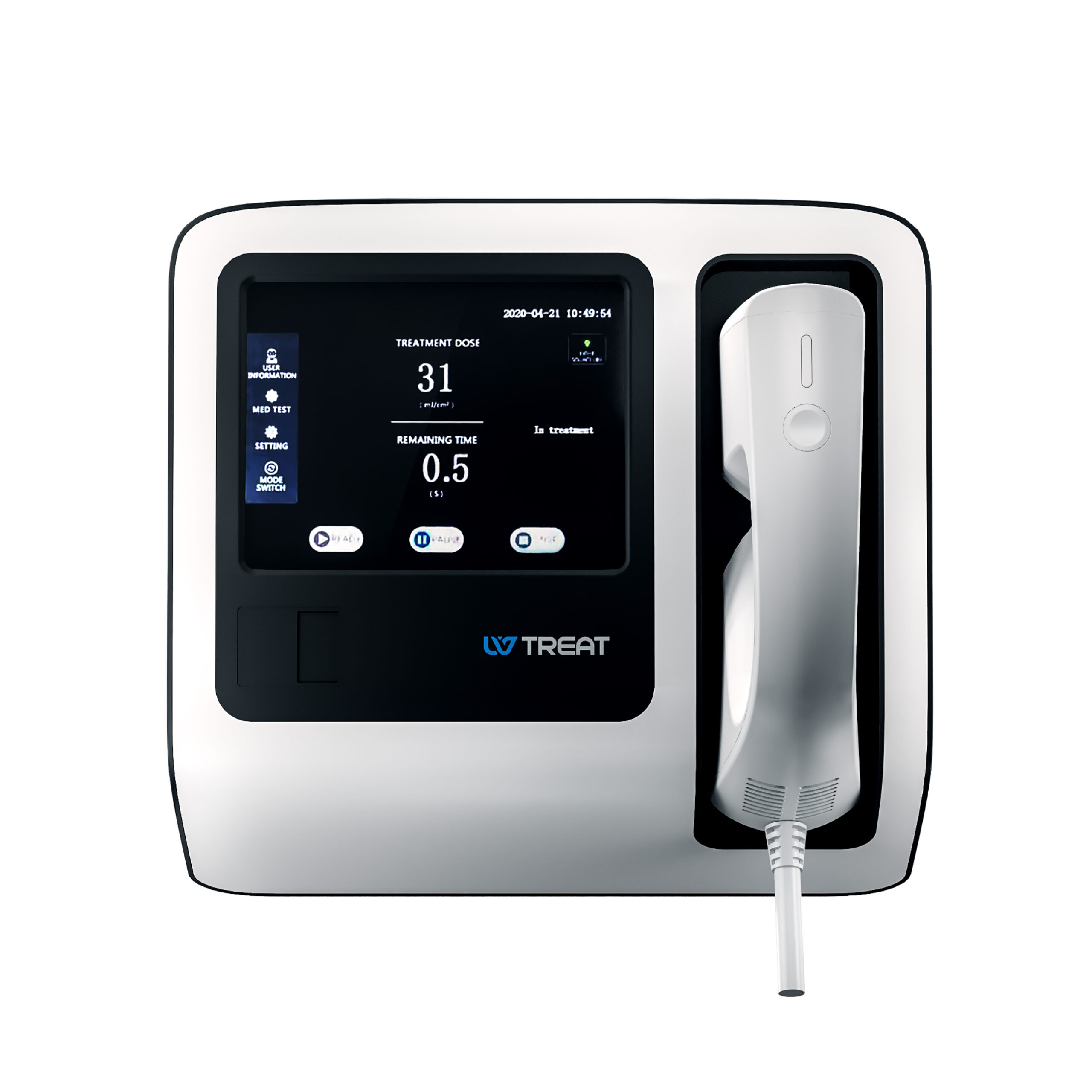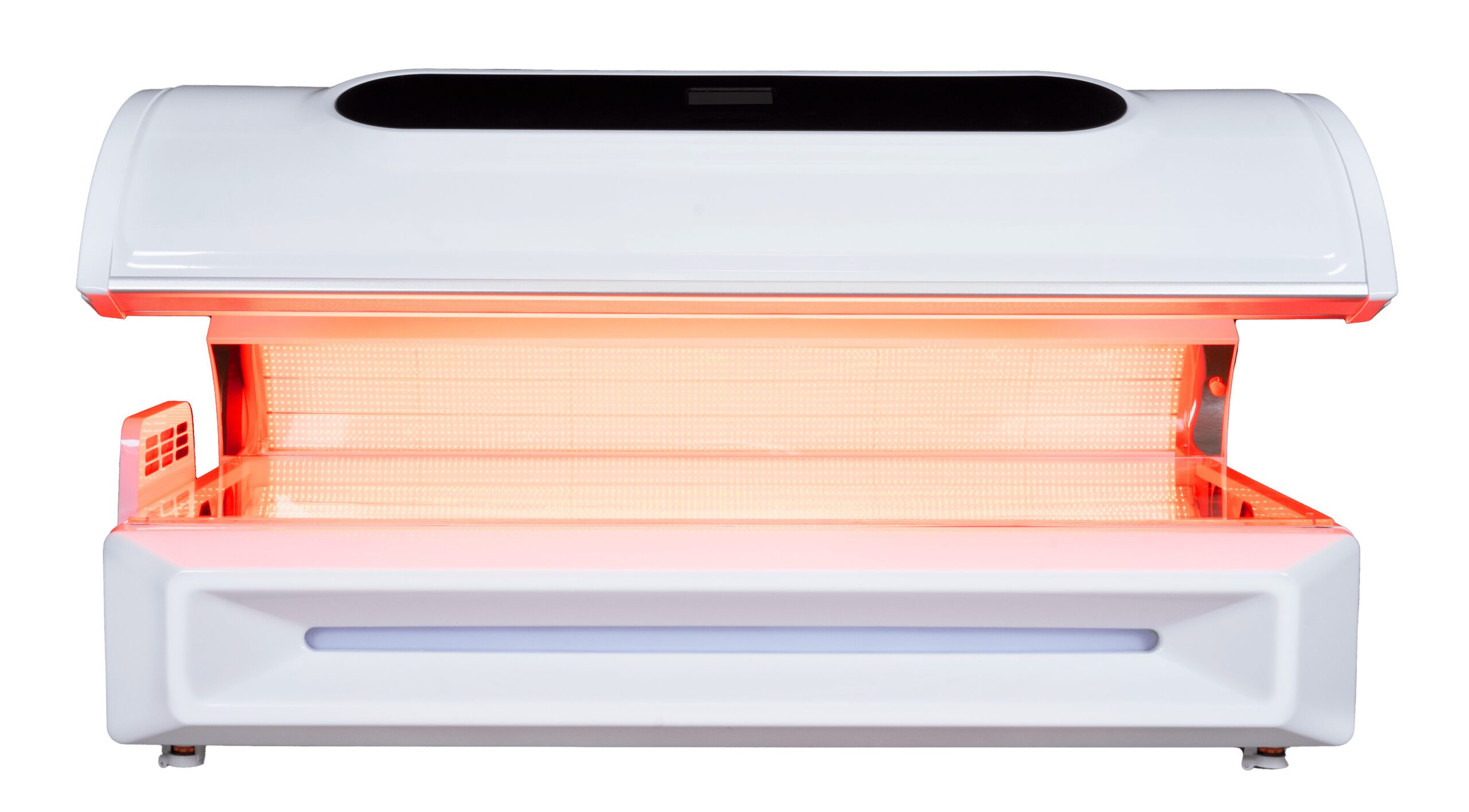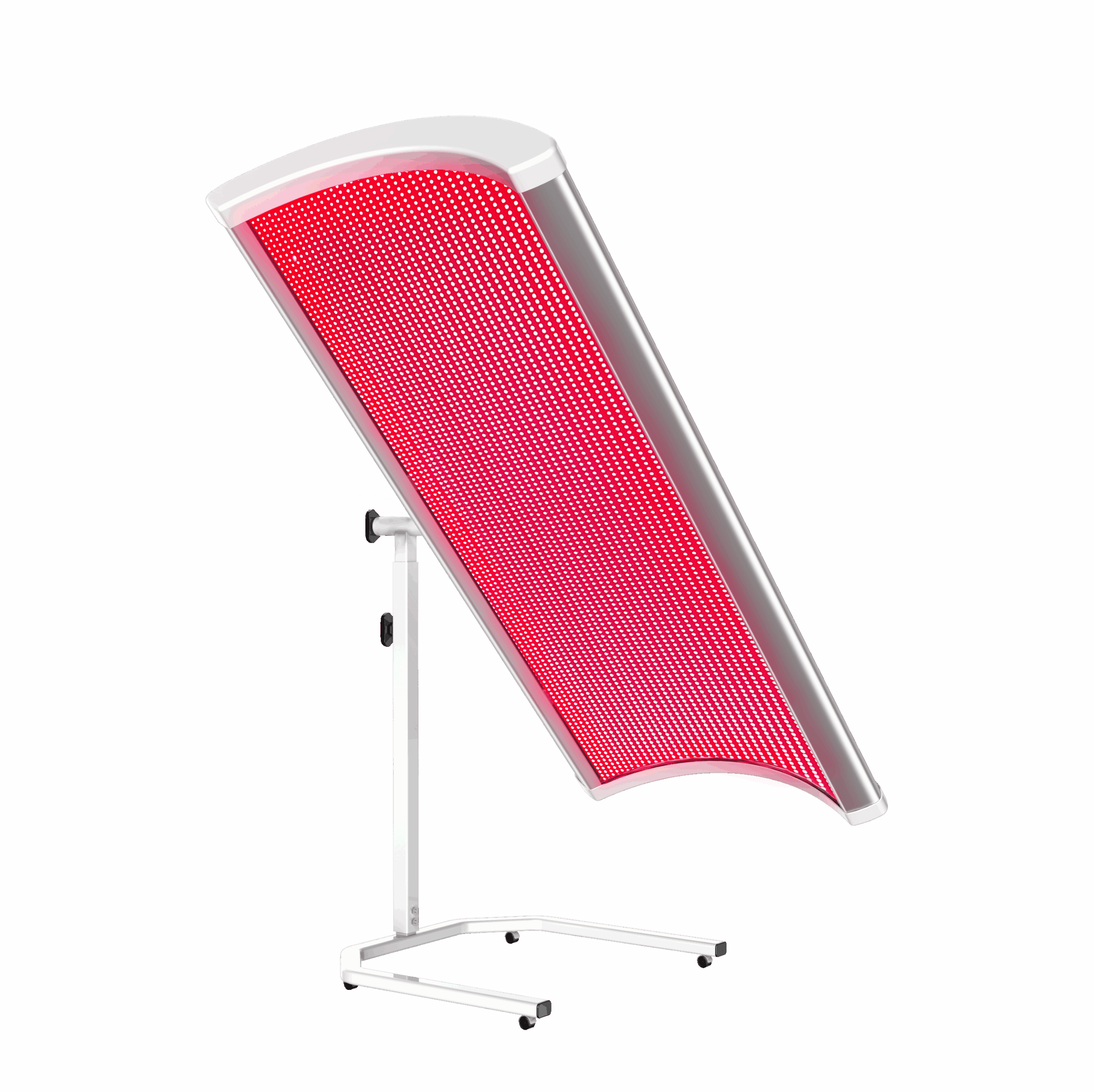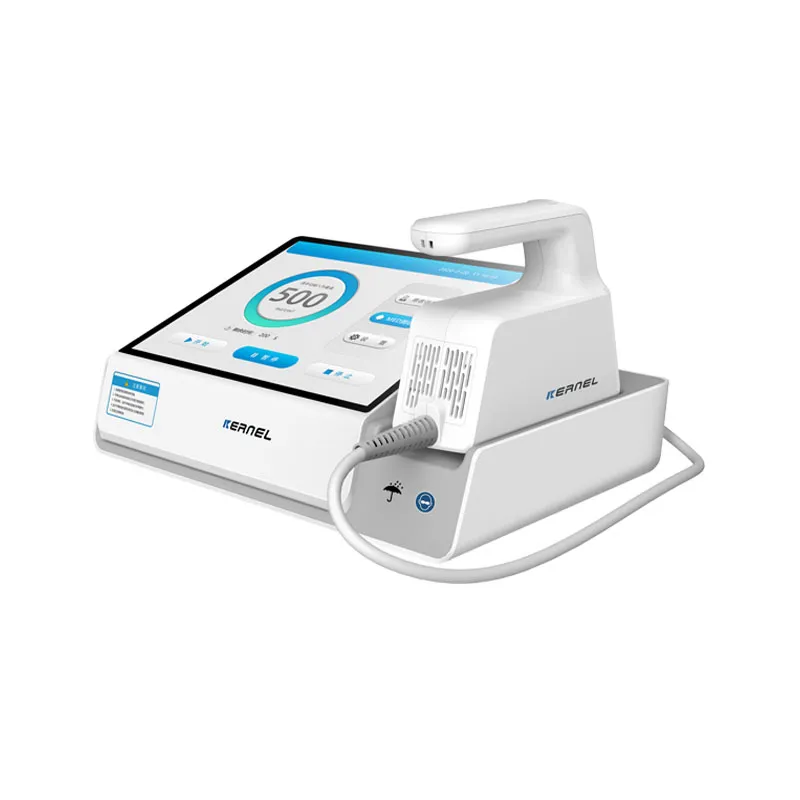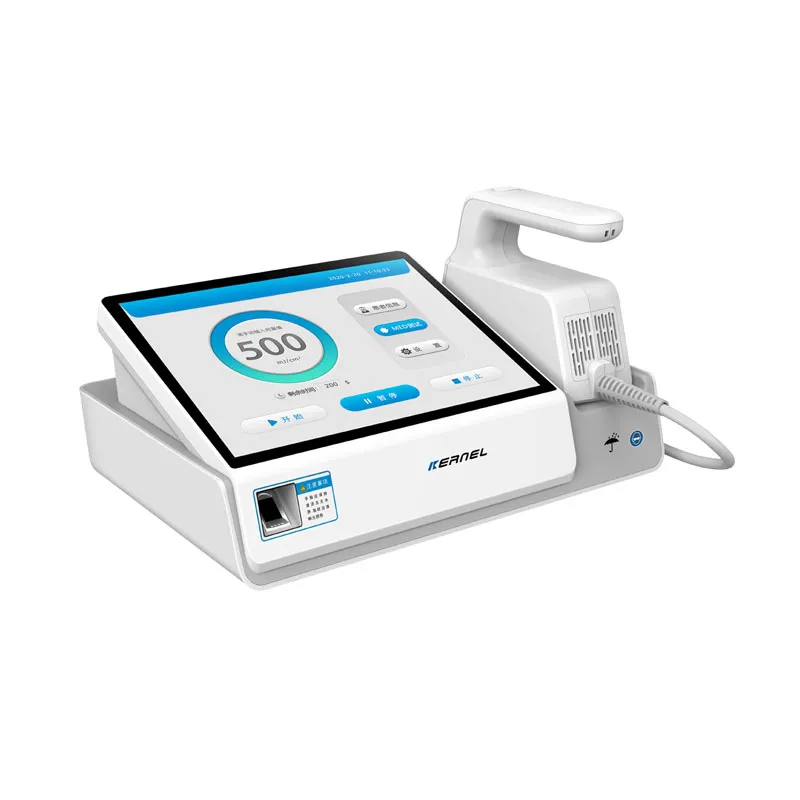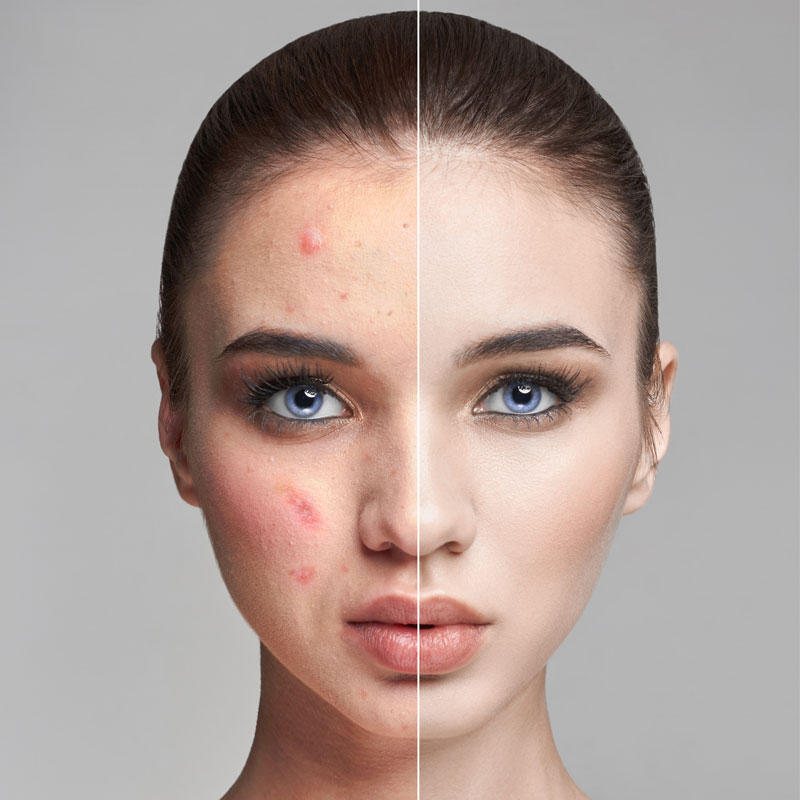PIE and PIH Acne Marks
Acne marks are a common skin concern that can affect anyone and can leave behind blemishes or noticeable spots even after the pimples have disappeared. According to dermatologists, nearly 85% of people between the age of 12-24 years suffer from some acne or another form, with most of them being left with lingering marks. [1]
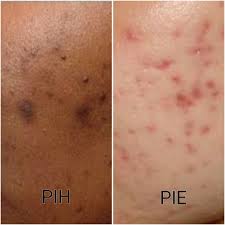
Mainly, there can be two types of such acne marks: Post-Inflammatory Erythema, or simply PIE; and Post-Inflammatory Hyperpigmentation, or PIH.
Knowing the difference between PIE and PIH is important, as each requires a different treatment approach.
Being able to identify these distinctive marks will help you understand how to properly take care of them and achieve clearer skin.
What is Post-Inflammatory Erythema (PIE)?
PIE may manifest as red, pink, or purple spots that appear on the skin due to damage to tiny blood vessels (capillaries). These capillaries are shallow, meaning they are present just under your skin and have been damaged by some sort of trauma, like acne or insect bites and other minor skin injuries. [2]
Common in lighter-toned skin, PIE is quite often confused with active acne because of its reddish appearance.
What are the Causes of PIE?
PIE is a condition that involves the dilation, inflammation, or damage of small capillary blood vessels just underneath the skin surface. A variety of factors may contribute to this process:
- Acne: The most common cause of PIE, where redness is left behind after a pimple or acne occurs, is due to increased blood flow and inflammation. [3]
- Skin Picking: This is a very common habit of squeezing or picking at acne lesions, which can delay healing and create conditions that are more favorable for PIE to develop.
- Bacterial Infections: The bacteria trapped in the pores can raise inflammation and lead to PIE.
- Harsh Skincare Products: Application of such products will disrupt the skin barrier, thereby leading to inflammation and, subsequently, PIE.
- Hormonal Fluctuations: Increased hormonal changes may be one of the causative factors in developing acne, which could eventually give rise to PIE.
What is Post-Inflammatory Hyperpigmentation (PIH)?
PIH is dark brown or black spots that appear on the skin. It results from excess melanin production in the skin as an inflammation reaction that causes discoloration. [4] It is more common with people who have darker complexion tones, which may persist longer if not left untreated with appropriate remedies.
What are the Causes of PIH?
Some of the possible causes that may lead to the development of PIH are as follows:
- Acne that is deep or severe
- Skin abrasions such as cuts or burns
- Excessive sun exposure, which stimulates melanin production
- Unduly harsh or improper treatments causing skin irritation
- Inflammatory skin conditions, such as eczema or psoriasis
Difference Between PIE and PIH
Understanding the difference between Post-Inflammatory Erythema (PIE) and Post-Inflammatory Hyperpigmentation (PIH) is crucial for effective treatment and management. Here are the key distinctions:
-
Color
The most evident difference between the two is the color each presents. PIE tends to appear as red or purplish markings, while PIH appears as brown or tanned-colored spots.
-
Cause
PIE represents the inflammation of blood vessels under the skin that generally occurs due to an acne breakout or injury to the skin. It differs from PIH in that it is characterized by an increased amount of melanin produced as one of the aftereffects of skin trauma or inflammation.
-
Duration
PIE and PIH can both be long-standing. However, PIE should, in general, fade over a period of months, although it may persist. In contrast, PIH, if left untreated, may persist for longer periods.
-
Response to Pressure
Another way PIE and PIH are differentiated is by applying gentle pressure to the affected area. PIE will blanch or briefly turn pale when pressed before the area returns back to its original color. PIH does not exhibit this phenomenon.
How to Treat Post-Inflammatory Erythema (PIE)
PIE can take months to fade naturally, but various treatments can speed up the process:
At-Home Treatments
- Topical Hydrocortisone: Mild steroid preparations reduce inflammation, though taking it under the supervision of a dermatologist will be advisable since the risk for side effects could be high.
- Topical Vitamin C: While generally acknowledged to have skin-whitening effects, it may help reduce redness and smoothen skin texture; however, its effects related to PIE are not well-focused. [5]
- Niacinamide: This is a form of vitamin B3 that could be of much help in the reduction of inflammation and in strengthening the skin’s barrier, thus giving good relief in conditions of PIE and acne breakout.
Medical Treatments
- Laser Treatment: Lasers like pulsed dye or intense pulsed light (IPL) target and reduce visible blood vessels underneath the skin, thereby reducing redness. [6]
- Microneedling: This technique uses tiny needles that cause micro-trauma, increasing collagen production and improving red marks. It is generally more effective in conjunction with other treatments, including vitamin C or tretinoin. Several sessions may be required to achieve optimal results.
How to Prevent PIE and PIH
It is possible to reduce the risk of PIE and PIH, to an extent, with some care to the skin:
- Avoid picking or squeezing to reduce inflammation and prevent the formation of both PIE and PIH.
- Using broad-spectrum sunscreen with at least SPF 30 daily when one is going outdoors is better.
- Try active anti-inflammatory ingredients such as niacinamide or green tea extract.
- Follow proper skin care routines to avoid irritations and other problems that may dent the skin.
Conclusion
PIE and PIH are two completely different conditions, and understanding them is the key to choosing the right treatment for managing your skin. Whether it’s red marks caused by PIE or dark spots caused by PIH, there are various available treatments to help improve the skin’s appearance and health.
If you have any questions or would like advice and assistance with your skin concern, then please do not hesitate to contact us. Complete our form here at UV Treat, and one of our specialists will get in touch with you to assist and advise you personally.
